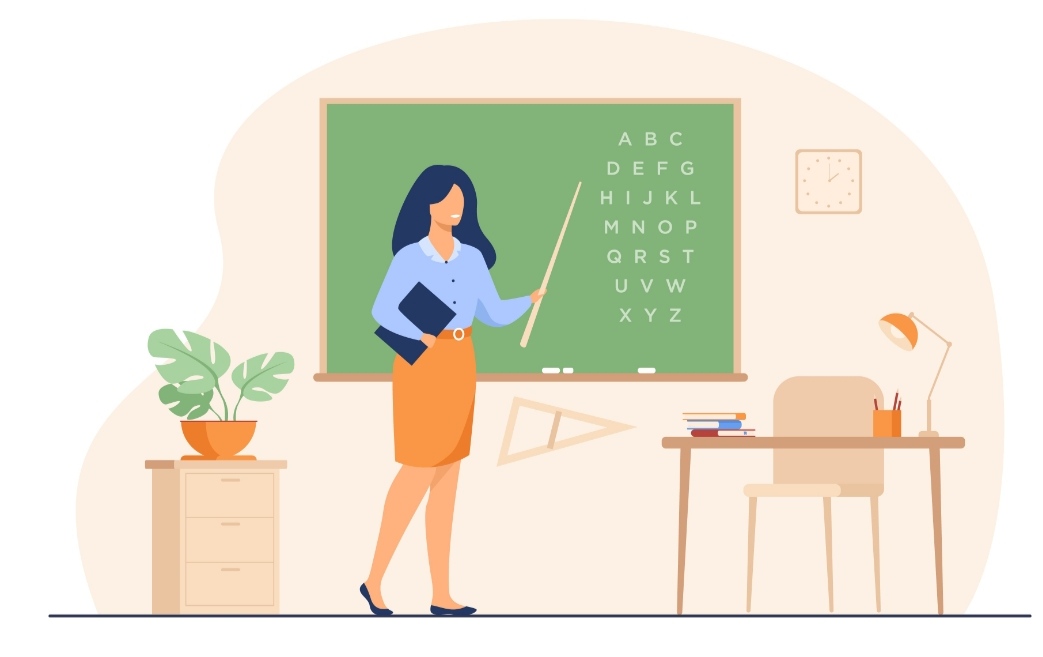Students often have different learning styles in the classroom, and teachers can use several methods of instruction to ensure all their students engage with the material. Visual-spatial learning is a common learning style in which students prefer visual teaching tools. Understanding this learning style can help you support your students or identify if you’re a visual-spatial learner yourself.
In this article, we explain what visual-spatial learning is, explore the characteristics of this learning style and share a list of activities to help teach visual-spatial learners.
What is visual-spatial learning?
Visual-spatial learning is a learning style that refers to a person’s ability to observe, analyze and understand visual information in their environment. Visual-spatial learners may think in images and pictures, rather than in words, and they typically learn holistically rather than sequentially.
This means that visual learning and pictures are important in processing information. Visual-spatial learners often view concepts as whole ideas rather than as separate details or steps.
Career Guide
Career development
What Is Visual-Spatial Learning? (With Characteristics)
What Is Visual-Spatial Learning? (With Characteristics)
Updated February 4, 2023
Students often have different learning styles in the classroom, and teachers can use several methods of instruction to ensure all their students engage with the material. Visual-spatial learning is a common learning style in which students prefer visual teaching tools. Understanding this learning style can help you support your students or identify if you’re a visual-spatial learner yourself.
In this article, we explain what visual-spatial learning is, explore the characteristics of this learning style and share a list of activities to help teach visual-spatial learners.
Related jobs on Indeed
Part-time jobs
Full-time jobs
Remote jobs
Urgently hiring jobs
View more jobs on Indeed
What is visual-spatial learning?
Visual-spatial learning is a learning style that refers to a person’s ability to observe, analyze and understand visual information in their environment. Visual-spatial learners may think in images and pictures, rather than in words, and they typically learn holistically rather than sequentially.
This means that visual learning and pictures are important in processing information. Visual-spatial learners often view concepts as whole ideas rather than as separate details or steps.
Related: Learning Styles: Types, Importance and Tips for Finding Yours
Characteristics of visual-spatial learners
Visual-spatial learners often have common learning habits, which may include:
Understanding an entire concept all at once
Learning quickly from visual tools and materials
Preferring an alternative to step-by-step explanations
Visualizing words to spell them correctly
Grasping the meaning behind facial expressions and body language
Noticing and identifying patterns with ease
Synthesizing information quickly




